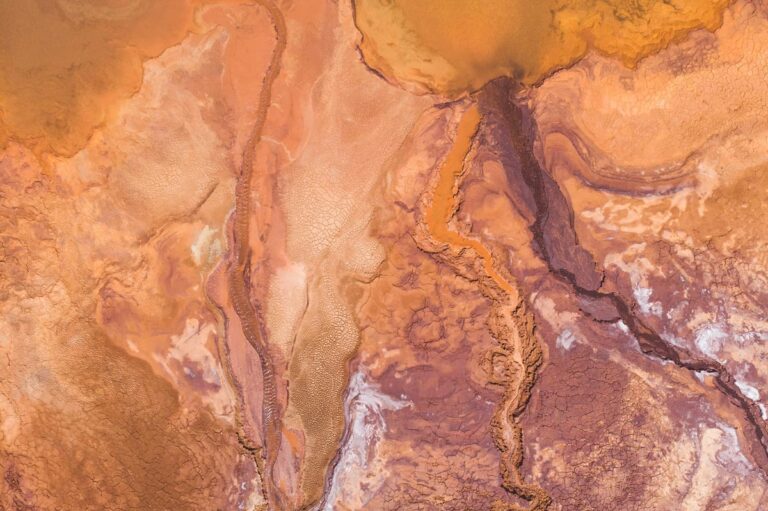NASA Perseverance rover just made oxygen on Mars: what does this mean?

David Bowie’s cult query ‘Is there life on Mars?’ can finally be answered—affirmatively on top of that! Well, sort of. NASA just announced that its Mars rover Perseverance successfully converted some of the planet’s carbon dioxide-rich atmosphere into breathable oxygen. It is marked as the first-ever successful attempt at producing oxygen on another planet, and could well be the first step towards eventually making it possible for humans to live on Mars. Same thing, right?
In fact, according to the BBC, Perseverance has extracted enough oxygen from the air on Mars for a human to be able to breathe for roughly 10 minutes on the planet. The successful experiment was carried out by a toaster-sized unit in the rover called MOXIE, the Mars Oxygen In-Situ Resource Utilization Experiment. But will MOXIE be able one day to extract enough oxygen to make Mars a habitable planet? That’s the big question.
MOXIE is able to strip oxygen atoms from CO₂ molecules, which are made up of one carbon atom and two oxygen atoms. The waste product is carbon monoxide, which is then released into the Martian atmosphere. In the future, NASA is hoping that people sent on missions to Mars would take scaled-up versions of the unit with them rather than trying to carry all the oxygen needed to survive from Earth.
Although MOXIE only managed to produce five grams of the gas this time, the NASA team behind it is running the unit in different modes to discover how well it works. The expectation is that it can produce up to 10 grams of O₂ per hour.
It might not sound like much to some of you, but this achievement is a massive step forward for science and space, and will be of great excitement to those who are hoping for the first humans to be able to settle on Mars in the near future.
That being said, Perseverance’s main mission is not to serve as an oxygen factory. It’s actually on the planet to explore, seek out potential evidence of microbial life, and run experiments to determine if the planet can eventually support life. Again, same thing, right?
This oxygen conversion test falls into the last category, but given that the atmosphere of Mars is composed of 96 per cent carbon dioxide, with oxygen making up only 0.13 per cent compared to 21 per cent on Earth, any chance of humans spending time on the planet relies on being able to create oxygen first and foremost.
“MOXIE isn’t just the first instrument to produce oxygen on another world, it’s the first technology of its kind that will help future missions ‘live off the land’, using elements of another world’s environment, also known as in-situ resource utilisation,” Trudy Kortes, director of technology demonstrations within NASA’s Space Technology Mission Directorate (STMD) told the BBC.
This same process can also be used to return from the planet: “Oxygen isn’t just the stuff we breathe,” Jim Reuter, associate administrator for NASA’s Space Technology Mission Directorate, said in a statement. “Rocket propellant depends on oxygen, and future explorers will depend on producing propellant on Mars to make the trip home.”
In other words, rockets need to have oxygen in order to burn fuel. According to NASA, a return trip from Mars for four astronauts would require 15,000 pounds of rocket fuel and 55,000 pounds (25 metric tons) of oxygen. For those same four astronauts to live on the planet for a full year, they would require just one metric ton of oxygen to breathe.
Let’s be realistic here—MOXIE has a lot more work to do, but the results from this technology demonstration are encouraging to say the least. Oh, and if this isn’t enough for you, that same mission just flew a mini-helicopter on Mars on Monday 19th April. Not bad, huh?





